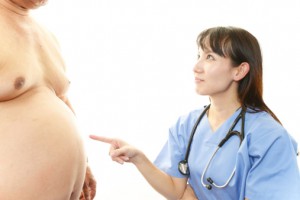October 8 is recognized as National Depression Screening Day. Started in 1990, the day helps promote awareness of the signs and symptoms of depression and provides those who need it mental health information and access to support services. 
Though many mental health conditions are treatable, many people go through life not seeking help because they are undiagnosed. Medical professionals estimate that one in five Americans has a mental health condition in any given year and less than half will receive treatment.
Depression affects one in 10 adults and is more common in women than in men. Depression can be categorized either as Major Depression which interferes with the ability to sleep, eat, work and study or as Persistent Depressive Disorder which lasts for at least two years having varying levels of severity and which does include Major Depression during this time. Depression is caused by a combination of genetic, biological, environmental, and psychological factors.
Signs and symptoms of depression include:
• Waking up and feeling exhausted
• Sleeplessness
• Difficulty concentrating
• Short temper
• Always worrying or anxious
• Lack of energy
• Sadness
Take this quick and easy depression screening tool to see how you are doing.
(This screening tool © Copyright Mental Health America”)
Depression is real and there are ways to treat it. Treatment options include therapy with a trained professional and in some situations medication may be prescribed. If you would like to make an appointment to speak to one of the mental health professionals at Flushing Hospital Medical Center, please call 718-670-5562.
All content of this newsletter is intended for general information purposes only and is not intended or implied to be a substitute for professional medical advice, diagnosis or treatment. Please consult a medical professional before adopting any of the suggestions on this page. You must never disregard professional medical advice or delay seeking medical treatment based upon any content of this newsletter. PROMPTLY CONSULT YOUR PHYSICIAN OR CALL 911 IF YOU BELIEVE YOU HAVE A MEDICAL EMERGENCY.




 During pregnancy, a woman’s body undergoes a complete transformation. Many of these changes are due to hormonal shifts and altered blood flow. Women may experience several changes in their skin.
During pregnancy, a woman’s body undergoes a complete transformation. Many of these changes are due to hormonal shifts and altered blood flow. Women may experience several changes in their skin.